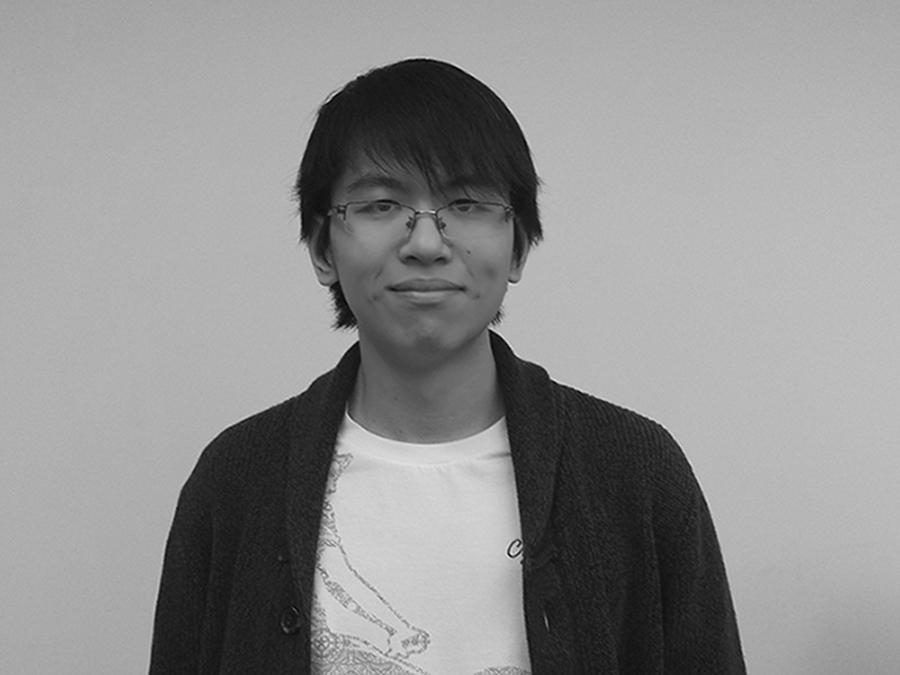Smart drugs require smart policy
February 19, 2015
By Richard Shu, Deputy Copy Chief
A new kind of drug has made its way to the college landscape. Modafinil, a narcolepsy treatment, has increased in popularity among college students over the last few years. It joins a long list of other colloquially termed “smart drugs”, prescription medication like Adderall and Ritalin taken illegally taken. From Oxford to UCLA and everywhere in between, students report these drugs sharpening their focus and improving their academic performance.
The rise of prescription drug abuse among teenagers and young adults has been known and tracked for a while now. Needless to say, these drugs are incredibly dangerous, with a high potential for addiction, hallucinations and depression. But the way media outlets and scientific reports discuss drug abuse blithely places smart drugs in the same category as oxycodone, marijuana, alcohol and other so-called recreational drugs without exploring the very different motivations behind students’ use of them. When a simple prescription pill promises greater attention, memory enhancement and stronger academic performance, students do not internalize that pill as a destructive drug. In the same way caffeine addiction is brushed off as a mark of the working way, smart drugs are thought of as merely a helping hand, a weapon to wield against the pressures of life itself.
Drug policies in universities across the nation, including in NYU, fail to make this distinction. NYU’s general substance abuse policy does not distinguish between different types of drugs, nor does it offer particulars on disciplinary action. This paints prescription drug abuse with too broad a brush. NYU’s own student health initiative, LiveWellNYU, advocates for “new policies to reduce inappropriate access to prescription drugs; and develop educational campaigns about appropriate and safe medication use and disposal practices.” When NYU does eventually create these policies, it must take an approach that recognizes the distinct motivations for smart drug abuse.
Amid the seemingly impossible burden of student life, these same old discouragement policies place more of a burden on students. They still feel the need to perform higher than their highest level. They still feel the need to scramble and twist and fret to keep their lives from collapsing. They still feel the need for pills. And if the alternative to smart drugs is the possibility of academic failure, then none of the mentioned consequences will matter in comparison.
If NYU, or any university, is to properly address the growing threat of smart drugs, they must attack the problem at the source: the stress of student life. A proper anti-study-drug campaign would look less like security and more like Stressbusters — focused on arming potential smart drug abusers with academic and social resources that allow them to cope with university life. NYU’s mental wellness services and stress-reducing initiatives are helpful tools, but do not directly address the stress that leads students to smart drugs. A university policy targeting this abuse needs to be based on these and new positive tools in order to effectively create a safer and healthier student community.
A version of this article appeared in the Thursday, Feb. 19 print edition. Email Richard Shu at [email protected].



























































































































































